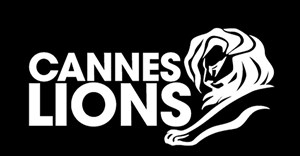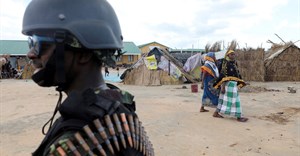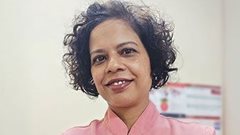
Top stories





Energy & MiningLocals angry over TotalEnergies' enclave model in Mozambique
Nellie Peyton 14 Nov 2025

More news


High blood pressure, known as hypertension, is the world’s leading cause of death, killing more than 10 million people every year – more than all infectious diseases combined.
Three quarters of people with high blood pressure live in LMICs, but fewer than one in 10 people with hypertension in LMICs is effectively treated. Increasing access to affordable, safe and essential hypertension medicines can save millions of lives.
Under Pressure: Strategies to Improve Access to Antihypertensive Medicines in Low- and Middle-Income Countries, is the first report of its kind, and reveals large disparities among countries in hypertension drug affordability and availability. It also serves as a roadmap to help policymakers, pharmaceutical manufacturers and health advocates achieve the World Health Organization’s (WHO) goal of reducing hypertension prevalence by 33% globally between 2010 and 2030.
The report has three major findings:
“Where you live should not determine your ability to control your blood pressure, avoid a preventable heart attack or stroke, and live a longer, healthier life,” said Dr Tom Frieden, president and chief executive officer of Resolve to Save Lives.
“Exorbitant drug pricing is forcing many people in lower- and middle-income countries to choose between food, shelter or life-saving medication. No one should have to make this choice. Leaders from governments, civil society and the pharmaceutical industry must make these medicines more affordable and accessible to the millions of people living with high blood pressure.”
RTSL and MSF took estimates of the cost-based generic prices of the most common hypertension medications and compared them with how much those same drugs actually cost in five large LIMCs: Brazil, Lebanon, Nigeria, the Philippines and South Africa.
The report found that the market prices in the five LMICs were up to 41 times higher than the estimated cost-based generic prices. For example, amlodipine, a widely used blood pressure medication which is the first drug recommended for most patients, had an estimated cost-based generic price of $0.01 per tablet, but the actual per-tablet cost for private payers was $0.11 in South Africa and $0.22 in Lebanon.
Other individual and combination medications, including hydrochlorothiazide, losartan and telmisartan, also had very high actual prices in some countries, suggesting that affordable, and more equitable prices among countries can reduce patients’ out-of-pocket expenses substantially.
Most national Essential Medicines Lists (EMLs) and clinical guidelines of the surveyed LMICs exclude WHO-recommended single-pill combinations (also known as fixed-dose combinations), which include two or more hypertension drugs in one pill. Single-pill combinations of multiple drugs at low or moderate doses improve patient adherence to medicines and reduce costs for pharmaceutical management.
Based on the findings, RTSL and MSF recommend that ministries of health make essential hypertension medicines universally available and more affordable.
RTSL and MSF also call for countries to update their national EMLs and standard hypertension treatment guidance to include single-pill combination formulations of essential hypertension medicines, all of which are available as generic formulations. Pharmaceutical manufacturers should register WHO-recommended hypertension drugs in LMICs to expand access to medications that are safe, have high efficacy and comply with quality standards.
“In some settings, using single-pill combinations is already less costly than the sum of the individual medicines, and estimated cost-based generic pricing data suggests that the single-pill combinations are not more expensive to make,” said Helen Bygrave, chronic diseases advisor for MSF’s access campaign.
“With less than 10% of people living with hypertension having their blood pressure controlled in low- and middle-income countries, we need to reimagine and simplify how we deliver hypertension treatment. Access to single-pill hypertension combinations is an important part of this change.”
Under Pressure underscores the need for a transformation of the global hypertension medicines market to make essential hypertension medicines affordable and available to all patients regardless of where they live. It offers practical ways policymakers, pharmaceutical manufacturers and civil society can work together to help patients.
Patients such as Olabisi Obelawo from Osogbo, Nigeria spoke at an event featuring the new report.
“Both of my parents had high blood pressure when they were young. They passed away and the same thing is happening to people in my community now. I don’t want this to happen to me,” said Obelawo, “Paying for my high blood pressure medicine is difficult on top of my household expenses. If we can get high quality drugs more affordably, our lives can be extended.”